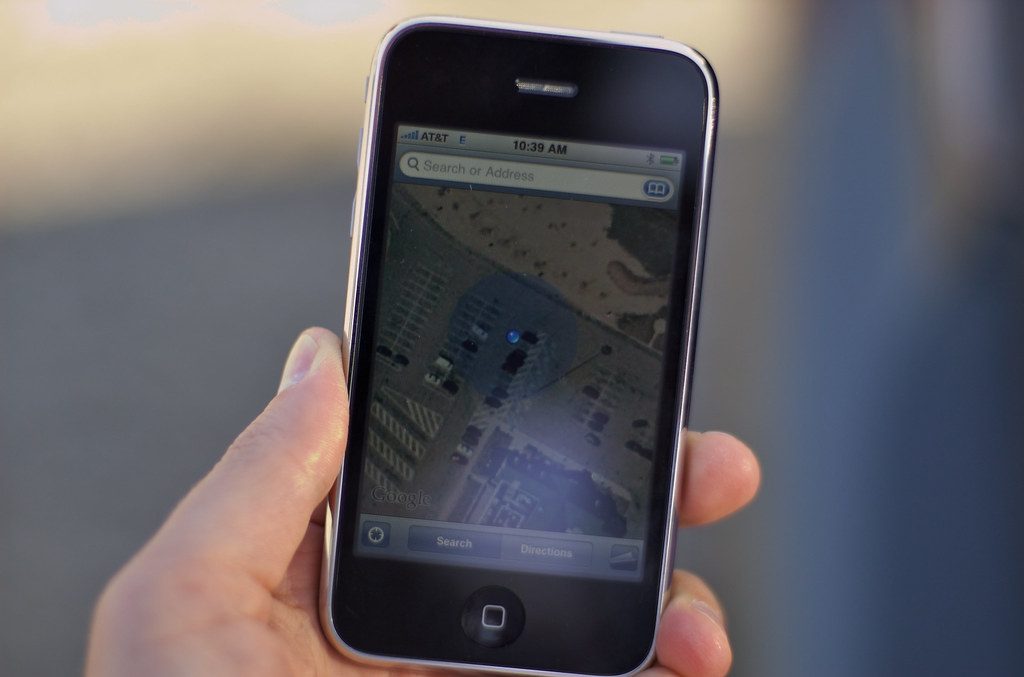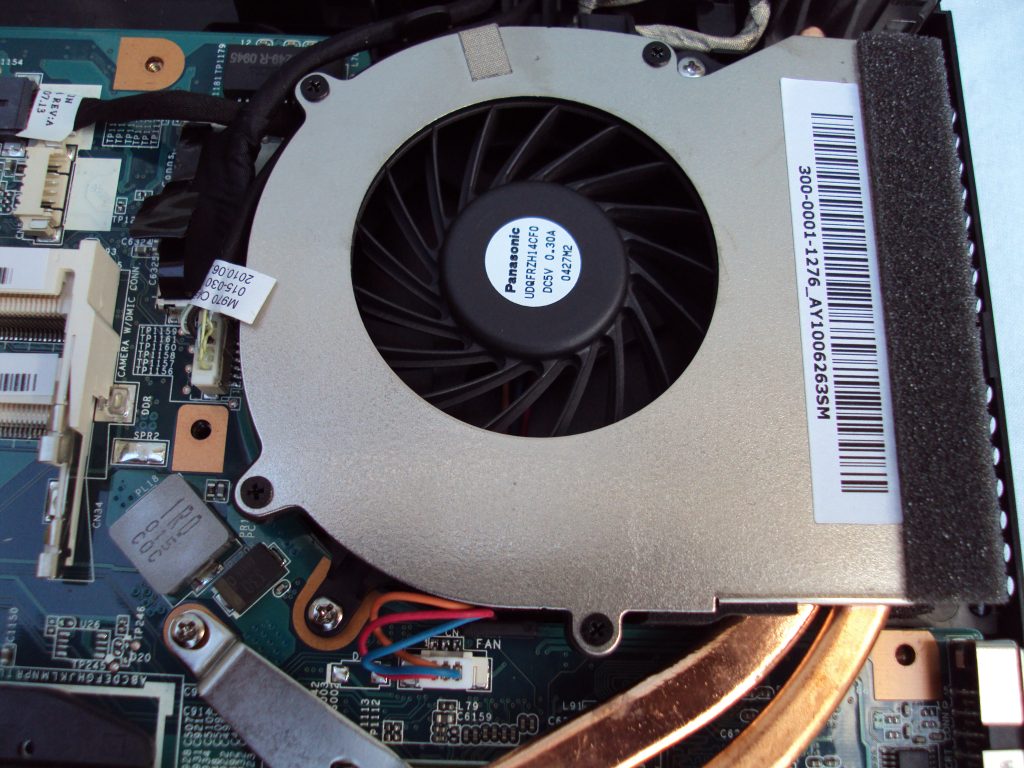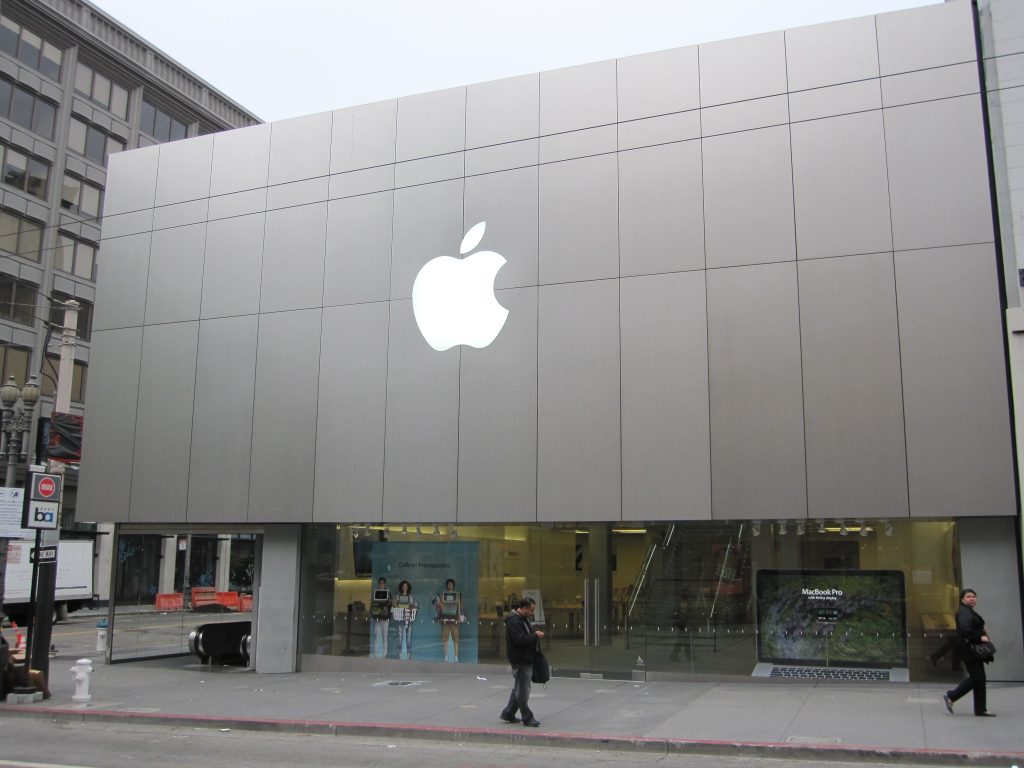Why Your iPhone Gets Hot, and What to do About It
You might have noticed that your iPhone seems to get hot when you’re using it. That is because your phone is like a small computer, but one that does not come equipped with a built-in fan. Your phone overheating is something that you’ll want to get resolved as quickly as you can, so let’s go over some of the potential causes and solutions for this problem.
The Main Reasons Why Your iPhone Gets Hot
Like a computer, your iPhone gets hot when you are putting stress on it. “Stress,” in this case, means heightened activity. Constant use is going to make your phone hot. If you’re playing a demanding or complicated game via your phone, that’s going to heat it up. The same is true when you’re playing streaming video for extended periods.
Your phone will get hot when you are using processor-intense apps. Some examples are digital audio workstations, video editors, or synthesizers. It will get hot when you are using your GPS quite a bit. That is even truer if you have an earlier version of the iPhone. Later versions are better equipped to handle this.
Your iPhone might heat up when you are charging it. That is going to be especially true, though, if you are both charging it and doing something else with it at the same time, like playing a game or streaming video.

What Exactly is it that Generates the Heat from Your iPhone?
There are two components of your iPhone that are directly responsible for generating heat. One is the system-on chip. That is like the equivalent for your phone of the CPU for a computer. Then there’s the battery. These two together are what generate heat. With no fan system in your phone, though, the metal around these elements has no way of regulating its temperature.

Why Would an iPhone Feel Warm to the Touch?
In addition to the reasons that we already mentioned, understand that when your phone feels warm, it is acting to move the heat away from the internal components. In a sense, then, it’s doing its job. If your phone failed to express warmth, then some of the internal componentswould probably fry in short order.
Your Phone’s Case Might Not Be Helping with the Heat
Just about anyone will agree that it’s a smart idea to have your phone in a case. A cell phone is an expensive piece of hardware, and you want to protect it from being jostled or dropped. Having that case around it, though, can cause it to overheat.
A solution to the problem of it heating up, then, would be to remove it from the case if you know that you’re going to be using it for something like streaming video or playing a game. When you finish with that sort of activity, you can put the phone back in the case and travel with it.
If you don’t want everwant to take the phone out of the case, then that’s your prerogative. If you’re of that mindset, though, then you should at least get a case that is specifically designed and intended for use with an iPhone. If you get one that wasn’t designed for an iPhone and you refuse to ever take the phone out of the case, that’s a recipe for potentially overheating the device and damaging it.

Living in a Hot Climate Can Play a Part as Well
If you live in a hot or tropical climate, then that’s also going to be a contributing factor with this issue. If the temperature around the phone is hot at all times, then it’s not going to take as much stress from internal sources to make the phone feel like it’s hotter than it should be.
The best advice if you live in these warmer areas is to monitor your phone use carefully. If you feel like it is in danger of overheating, then power it off for a time so that it can recover from the stress that you were putting on it.

The “Phone Too Hot” Message
Your phone might feel hot, but there’s a difference between that and a level of heat that’s going to cause damage to the device. There is a failsafe of sorts built into iPhones that will let you know if the heat is reaching unacceptable levels.
You will see a warning message show up on the screen that says, “iPhone needs to cool down before you can use it.” If this happens, many of the phone’s functions will be disabled, and you’ll have to wait a few minutes or longer before you can start it up again. For instance, if you have the phone mounted on your car’s dashboard in the summer and you are using it to navigate somewhere during a long trip, those are prime conditions for it to overheat.
If you see this warning message, then you must cool the phone down, or you risk permanent damage happening to some of the internal components. Phones have lithium-ion batteries in them. They are housed in a way that is relatively safe. However, if your phone is exposed to extreme temperatures for an inordinately long period, then it can be dangerous if you’re in close proximity to the device.
Take these Actions to Cool a Hot iPhone
To cool down your phone, take the following actions.
- Remove it from its case.
- Take it away from direct sunlight and put it in the shade.
- Turn it off.
- Stop charging it if you were in the middle of doing that.
- Wait for a while for the heat to dissipate.
Never Put Your iPhone in the Fridge
It might strike you as a brilliant idea to put your iPhone in the refrigerator or freezer for a few minutes to cool it down if it is in danger of overheating, but that isn’t wise. Rapid cooling causes the air in the phone to condensate. This, in turn, leads to moisture developing inside the iPhone. It is better to put the phone down in the shade and be patient. You should also avoid putting it directly in the path of a high-powered air conditioner.

Revoke Background App Permissions
There’s one other possibility if you have an iPhone that seems to be getting hot all the time. That is some of the apps that you have running in the background generating too much heat. You can revoke the permission for these apps to run in the background, and then only activate them when you need that particular app.
Go to Settings, then General, and make the adjustment where it says Background App Refresh. You can also completely delete any new apps that you think might be causing the problem if they are nonessential.
As with most problems, if you’ve tried all of these solutions and you’re not getting the effect that you want, you should probably reach out to the Geniuses at an Apple Store. You can bring the phone in and explain to them everything that you’ve tried. They might be able to propose another solution. You can also chat with Apple Support online if that is more convenient for you.

